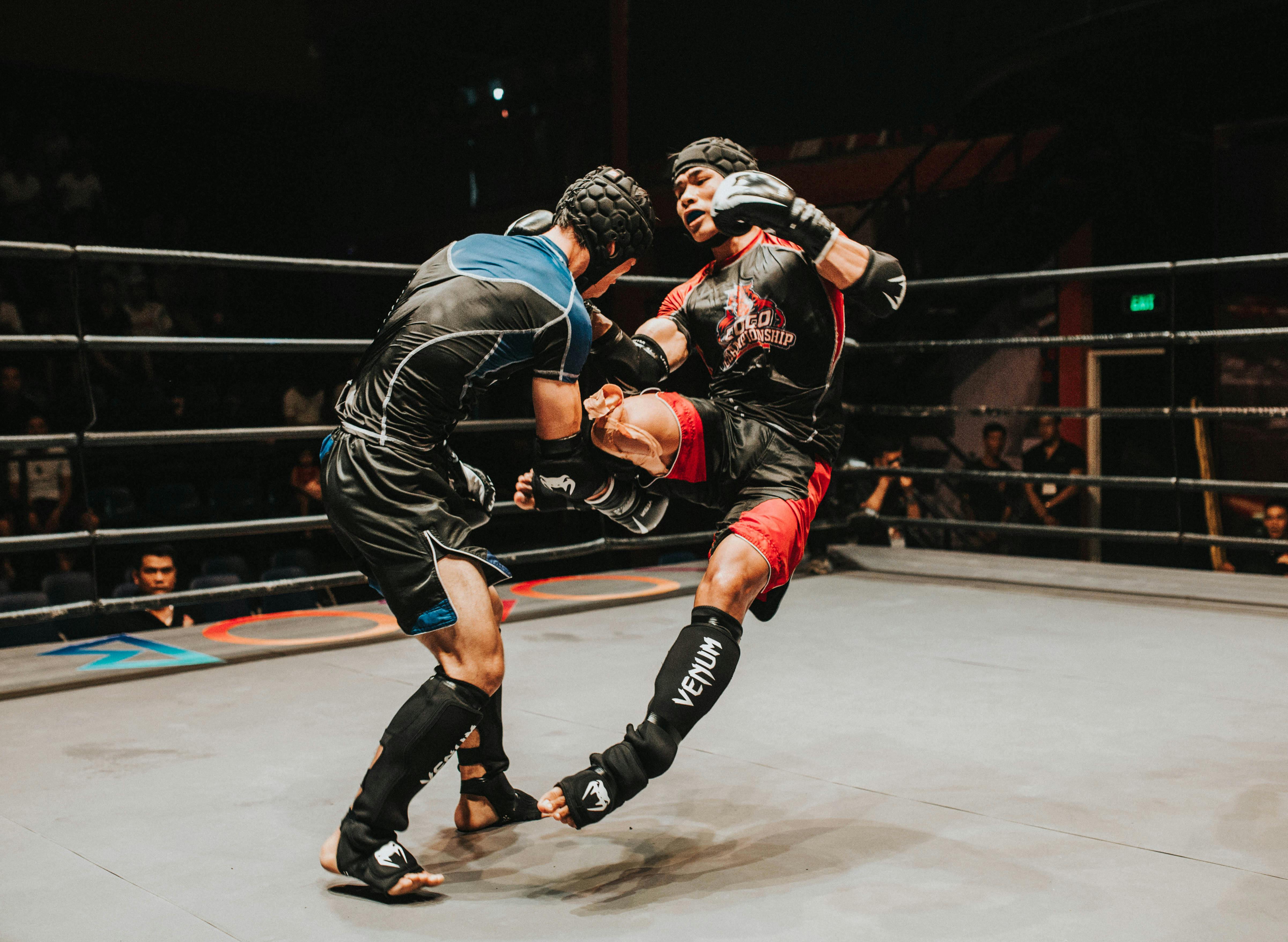Breaking Barriers: The Emergence of Mixed Martial Arts as a Global Phenomenon
Mixed Martial Arts (MMA) has been a part of human culture for centuries, yet it has only recently garnered international attention and recognition as a legitimate sport. This has been a journey filled with challenges, controversies, and victories that have shaped MMA into what it is today—a global phenomenon.

The Roots of MMA: A Historical Overview
The concept of MMA is as old as ancient Greece where a combat sport named Pankration, combining wrestling and boxing, was introduced in the Olympic Games in 648 BC. In the 20th century, the notion of mixed-style competitions gained traction with the advent of Vale Tudo in Brazil and Shooto in Japan. However, it was the establishment of the Ultimate Fighting Championship (UFC) in the United States in 1993 that propelled MMA into the global limelight.
The Rise of UFC: A Game Changer in the Sports World
UFC emerged from a desire to identify the most effective martial art in a real, unregulated combat situation. The inaugural event, which was bare-knuckled and had minimal rules, was a far cry from today’s highly regulated and organized sport. The rise of UFC marked a significant turning point in the world of MMA, as it helped standardize rules, making the sport safer and more appealing to a wider audience. Today, UFC is the largest MMA promotion company globally, hosting most of the top-ranked fighters and producing events worldwide.
The Global Spread and Acceptance of MMA
Over the years, MMA has evolved from being a fringe sport to a mainstream discipline, gaining recognition and acceptance across the globe. High-profile athletes from other sports like boxing and wrestling have transitioned to MMA, further enhancing its popularity and credibility. Today, MMA is recognized by the International Olympic Committee, and there are talks of including it in future Olympic games—a testament to how far the sport has come.
Benefits, Challenges, and Real-World Applications of MMA
Training in MMA provides comprehensive physical fitness, mental toughness, self-discipline, and resilience. It also promotes a sense of respect and sportsmanship among athletes. However, the sport is not without its challenges. Issues such as weight cutting, injuries, and the need for improved fighter pay are areas that require attention.
MMA’s real-world applications extend beyond the ring. The skills and abilities developed through MMA training—such as quick thinking, adaptability, and endurance—can be beneficial in various life situations.
MMA Today: Trends and Future Directions
The growth of MMA continues, with more people participating and watching the sport than ever before. One key trend is the increased participation of women, which is helping to shatter stereotypes and inspire a new generation of female fighters. Furthermore, MMA’s integration with popular culture and its growing digital presence is helping to expand its reach internationally.
In conclusion, MMA’s journey from ancient times to its current status as a global phenomenon is a testament to the sport’s enduring appeal and adaptability. Its future looks promising, with continued growth and potential Olympic inclusion on the horizon. The sport’s ability to evolve, adapt, and overcome challenges is a lesson in resilience and determination for all.




